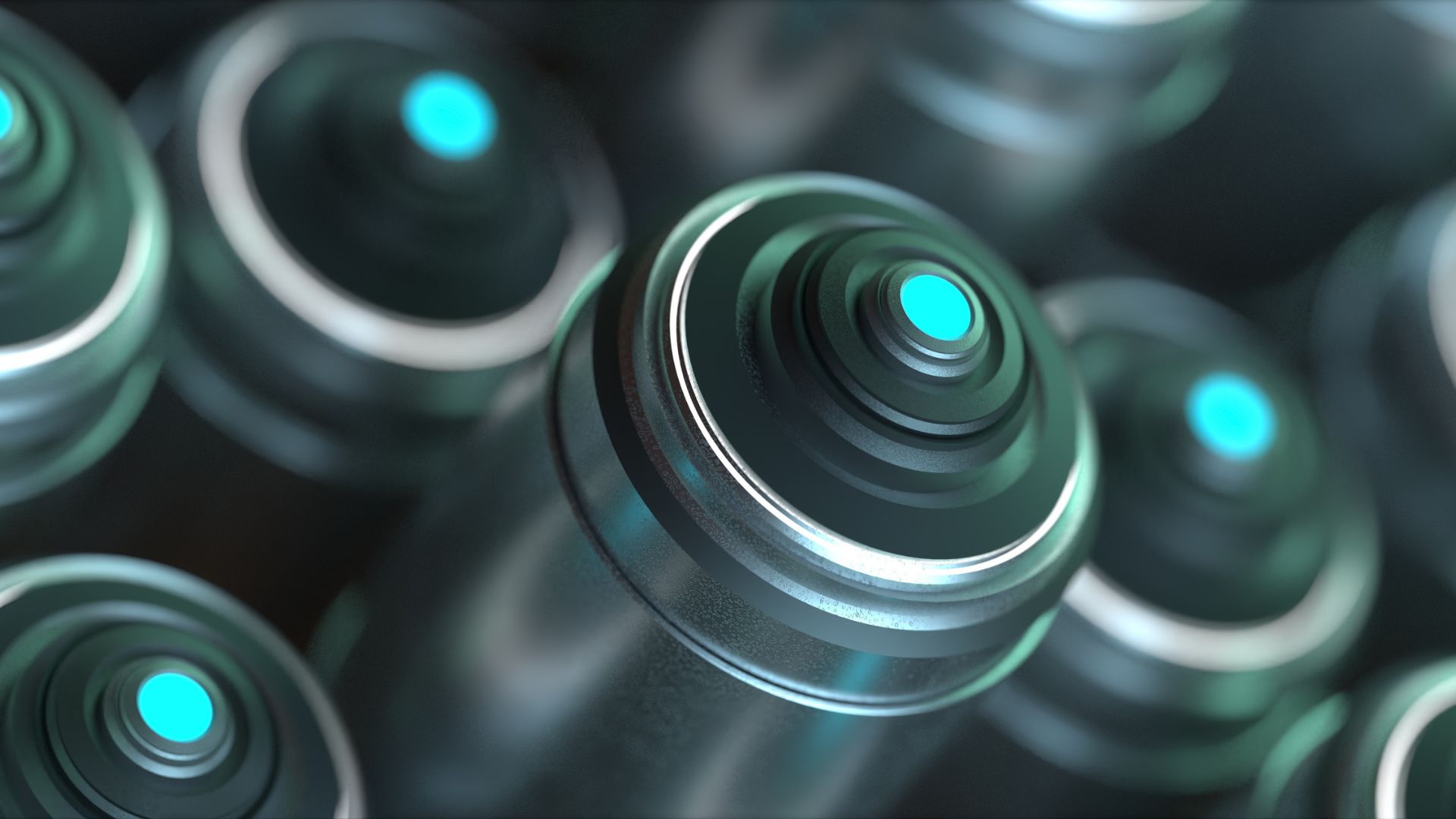In a new study, published in Science Advances, scientists have shown that iron can be used in ion batteries.
“We have transformed the reactivity of metallic iron, the cheapest metal,” says study leader Xiulei Ji in a statement.
“Our electrode can offer a higher energy density than state-of-the-art cathode materials used in electric vehicles. And since we use iron, the cost of our batteries is much lower,” adds Ji.

According to interesting engineering, the cathode currently represents 50% of the cost of manufacturing a lithium-ion battery cell. In addition to the economic aspect, iron-based cathodes would allow for greater safety and sustainability.
As more lithium-ion batteries are manufactured to electrify the transportation sector, the global demand for nickel and cobalt has increased. In a few decades' time, the predicted shortage of nickel and cobalt will put the brakes on battery production as it is today.

The energy density of these elements is already being pushed to its maximum limit, which means that the oxygen released during charging can cause the batteries to catch fire.
In addition, cobalt is highly toxic and can contaminate ecosystems and water sources if it is leached from landfills.
“Our iron-based cathode is not limited by resource scarcity,” says Ji, explaining that iron, as well as being the most common element on Earth, measured by mass, is the fourth most abundant element in the earth's crust.
“We will only run out of iron when the Sun turns into a red giant,” concludes the researcher.
Even so, there is a need to improve storage efficiency, as not all the electricity introduced into the battery during charging is available for use after discharge.
When these improvements are introduced, the result will be a battery that works much better than the ones currently used, while being cheaper and more environmentally friendly.





